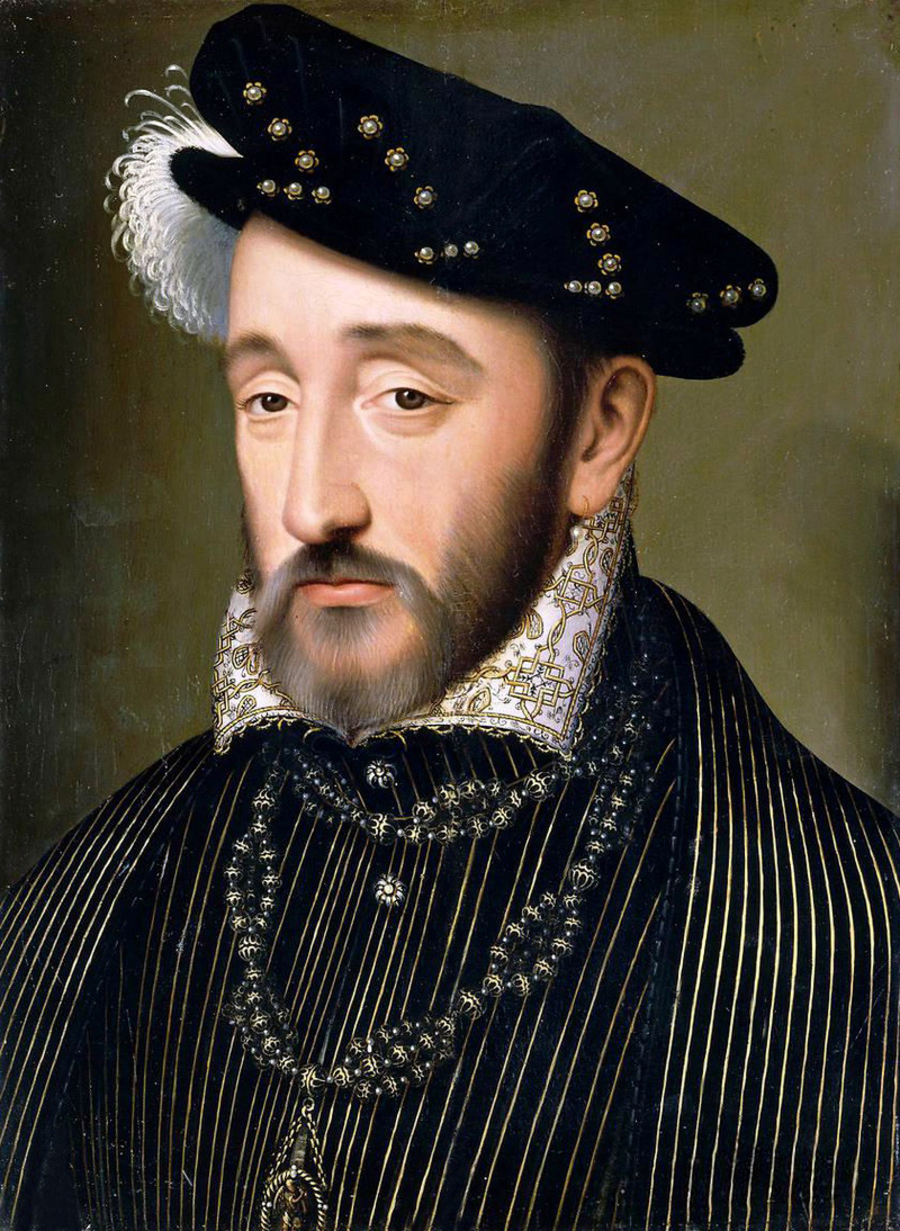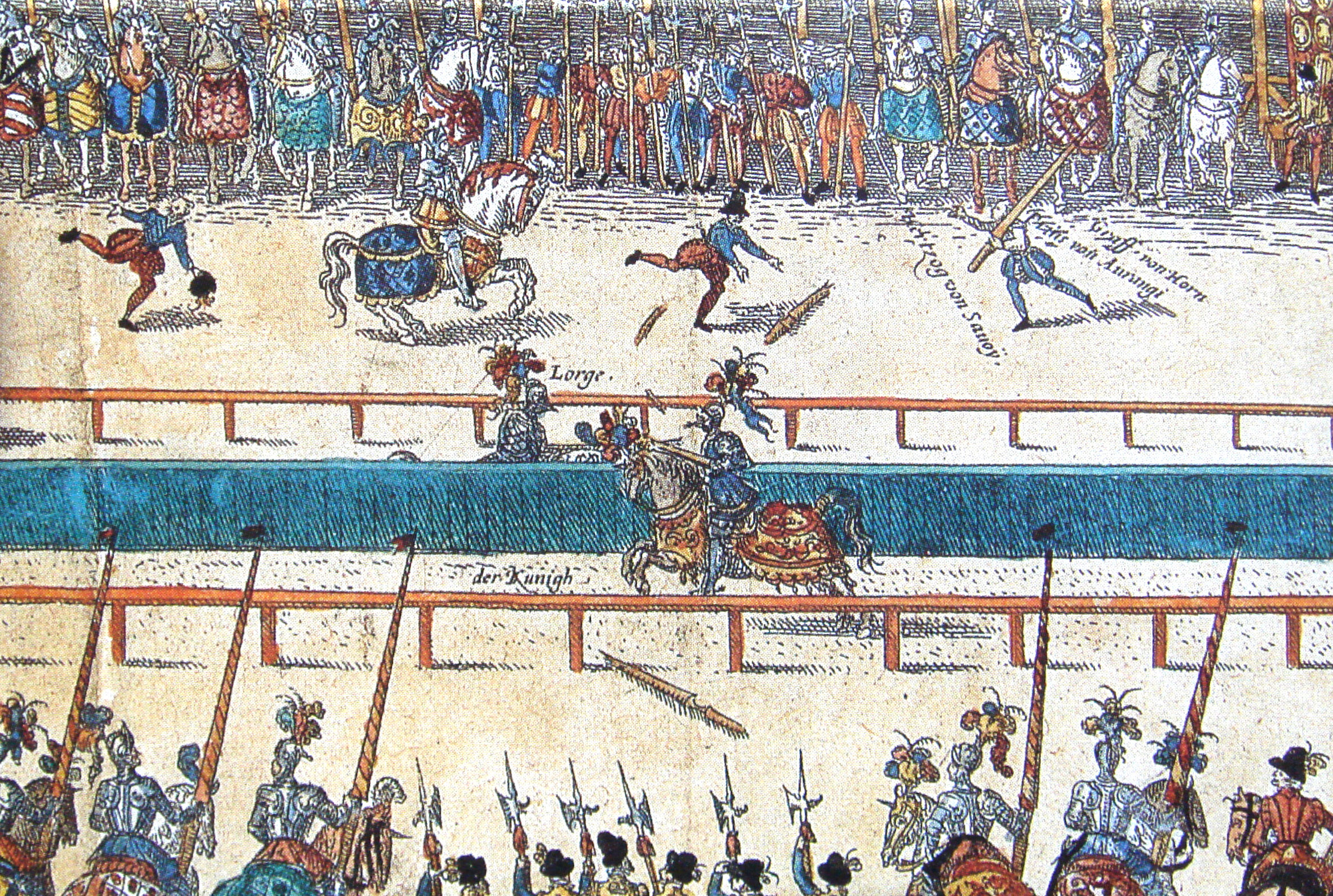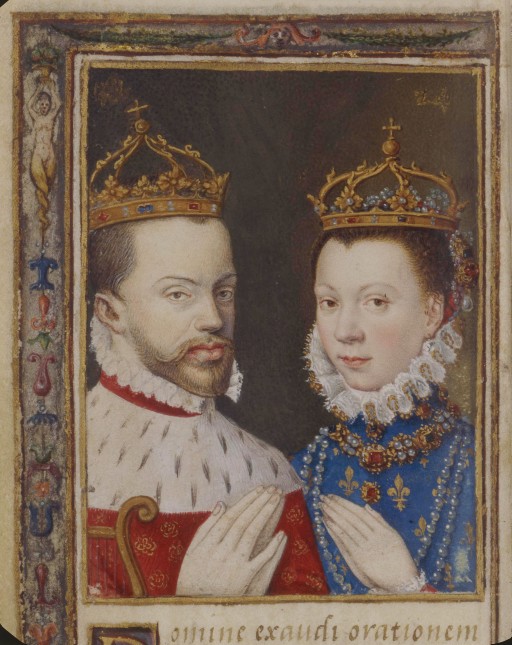|
Luca Gaurico
Luca Gaurico (in Latin, Lucas Gauricus) (Giffoni March 12, 1475 – March 6, 1558 in Rome) was an Italian astrologer, astronomer, astrological data collector, and mathematician. He was born to a poor family in the Kingdom of Naples, and studied judicial astrology, a subject he defended in his ''Oratio de Inventoribus et Astrologiae Laudibus'' (1508). Judicial astrology concerned the fate of man (''astrologia judiciaria''; mundane astrology) as influenced by the stars. His most famous work is the ''Tractatus Astrologicus''. Later in life he was named a bishop of the Catholic Church. Career as astrologer Gaurico's reputation was such that he served as an "astrological consultant" to Catherine de' Medici. Gaurico had predicted the accession to the papacy of Catherine's great-uncle Giovanni de Medici (when he was 14 – who later became Leo X) and predicted Catherine's uncle Giulio de Medici involvement in important political struggles and numerous descendants. Giulio de Medic ... [...More Info...] [...Related Items...] OR: [Wikipedia] [Google] [Baidu] |
Salerno
Salerno (, , ; nap, label= Salernitano, Saliernë, ) is an ancient city and ''comune'' in Campania (southwestern Italy) and is the capital of the namesake province, being the second largest city in the region by number of inhabitants, after Naples. It is located on the Gulf of Salerno on the Tyrrhenian Sea. In recent history the city hosted Victor Emmanuel III, the King of Italy, who moved from Rome in 1943 after Italy negotiated a peace with the Allies in World War II, making Salerno the capital of the "Government of the South" (''Regno del Sud'') and therefore provisional government seat for six months. Some of the Allied landings during Operation Avalanche (the invasion of Italy) occurred near Salerno. Human settlement at Salerno has a rich and vibrant past, dating back to pre-historic times. In the early Middle Ages it was an independent Lombard principality, the Principality of Salerno, which around the 11th century comprised most of Southern Italy. During this time, th ... [...More Info...] [...Related Items...] OR: [Wikipedia] [Google] [Baidu] |
Gabriel Montgomery
Gabriel de Lorges, Count of Montgomery, Lord of Lorges and Ducey (5 May 153026 June 1574), was a French nobleman of Scottish extraction and captain of the Scots Guard of King Henry II of France. He is remembered for mortally injuring Henry II in a jousting accident and subsequently converting to Protestantism, the faith that the Scots Guard sought to suppress. He became a leader of the Huguenots. In French-language contexts, his name is spelled Montgommery. Career On 30 June 1559, during a jousting match to celebrate the Peace of Cateau Cambrésis between Henry II and his longtime Habsburg enemies, and two major marriages, namely that of Marguerite, the king's sister, with the Duke of Savoy Emmanuel-Philibert, and that of Elisabeth, the king's eldest daughter, with Philip II, king of Spain, a splinter of wood from Montgomery's shattered lance pierced Henry's eye and entered his brain, fatally injuring him. From his deathbed Henry absolved Montgomery of any blame, before dying on ... [...More Info...] [...Related Items...] OR: [Wikipedia] [Google] [Baidu] |
Philip II Of Spain
Philip II) in Spain, while in Portugal and his Italian kingdoms he ruled as Philip I ( pt, Filipe I). (21 May 152713 September 1598), also known as Philip the Prudent ( es, Felipe el Prudente), was King of Spain from 1556, King of Portugal from 1580, and King of Naples and Sicily from 1554 until his death in 1598. He was '' jure uxoris'' King of England and Ireland from his marriage to Queen Mary I in 1554 until her death in 1558. He was also Duke of Milan from 1540. From 1555, he was Lord of the Seventeen Provinces of the Netherlands. The son of Emperor Charles V and Isabella of Portugal, Philip inherited his father's Spanish Empire in 1556 and succeeded to the Portuguese throne in 1580 following a dynastic crisis. The Spanish conquests of the Inca Empire and of the Philippines, named in his honor by Ruy López de Villalobos, were completed during his reign. Under Philip II, Spain reached the height of its influence and power, sometimes called the Spanish Golden Age, and r ... [...More Info...] [...Related Items...] OR: [Wikipedia] [Google] [Baidu] |
Elizabeth Of Valois
Elisabeth of France or Elisabeth of Valois ( es, Isabel de Valois; french: Élisabeth de France) (2 April 1545 – 3 October 1568) was Queen of Spain as the third spouse of Philip II of Spain. She was the eldest daughter of Henry II of France and Catherine de' Medici. Early life Elisabeth was born in the Château de Fontainebleau. She was raised under the supervision of the governor and governess of the royal children, Jean d'Humières and Françoise d'Humières. Elisabeth's childhood was spent in the French royal nursery, where her father insisted she share her bedroom with her future sister-in-law, Mary, Queen of Scots, who was about three years older. Although Elisabeth had to give precedence to Mary (since Mary was already a crowned queen), the two would remain close friends for the rest of their lives. Her lady-in-waiting, Claude de Vineulx, accompanied her to Spain and often wrote reports of Elisabeth's health to Catherine. She was described as being shy, timid and ... [...More Info...] [...Related Items...] OR: [Wikipedia] [Google] [Baidu] |
Habsburg
The House of Habsburg (), alternatively spelled Hapsburg in Englishgerman: Haus Habsburg, ; es, Casa de Habsburgo; hu, Habsburg család, it, Casa di Asburgo, nl, Huis van Habsburg, pl, dom Habsburgów, pt, Casa de Habsburgo, la, Domus Habsburg, french: Maison des Habsbourg and also known as the House of Austriagerman: link=no, Haus Österreich, ; es, link=no, Casa de Austria; nl, Huis van Oostenrijk, pl, dom Austrii, la, Domus Austriæ, french: Maison d'Autriche; hu, Ausztria Háza; it, Casa d'Austria; pt, Casa da Áustria is one of the most prominent and important dynasties in European history. The house takes its name from Habsburg Castle, a fortress built in the 1020s in present-day Switzerland by Radbot of Klettgau, who named his fortress Habsburg. His grandson Otto II, Count of Habsburg, Otto II was the first to take the fortress name as his own, adding "Count of Habsburg" to his title. In 1273, Count Radbot's seventh-generation descendant Rudolph I of German ... [...More Info...] [...Related Items...] OR: [Wikipedia] [Google] [Baidu] |
Peace Of Cateau Cambrésis
Peace is a concept of societal friendship and harmony in the absence of hostility and violence. In a social sense, peace is commonly used to mean a lack of conflict (such as war) and freedom from fear of violence between individuals or groups. Throughout history, leaders have used peacemaking and diplomacy to establish a type of behavioral restraint that has resulted in the establishment of regional peace or economic growth through various forms of agreements or peace treaties. Such behavioral restraint has often resulted in the reduced conflict, greater economic interactivity, and consequently substantial prosperity. "Psychological peace" (such as peaceful thinking and emotions) is perhaps less well defined, yet often a necessary precursor to establishing "behavioural peace." Peaceful behaviour sometimes results from a "peaceful inner disposition." Some have expressed the belief that peace can be initiated with a certain quality of inner tranquility that does not depend upo ... [...More Info...] [...Related Items...] OR: [Wikipedia] [Google] [Baidu] |
Joust
Jousting is a martial game or hastilude between two horse riders wielding lances with blunted tips, often as part of a tournament. The primary aim was to replicate a clash of heavy cavalry, with each participant trying to strike the opponent while riding towards him at high speed, breaking the lance on the opponent's shield or jousting armour if possible, or unhorsing him. The joust became an iconic characteristic of the knight in Romantic medievalism. The participants experience close to three and a quarter times their body weight in G-forces when the lances collide with their armour. The term is derived from Old French , ultimately from Latin "to approach, to meet". The word was loaned into Middle English around 1300, when jousting was a very popular sport among the Anglo-Norman knighthood. The synonym tilt (as in tilting at windmills) dates . Jousting is based on the military use of the lance by heavy cavalry. It transformed into a specialized sport during the Late Middle ... [...More Info...] [...Related Items...] OR: [Wikipedia] [Google] [Baidu] |
Henry II Of France
Henry II (french: Henri II; 31 March 1519 – 10 July 1559) was King of France from 31 March 1547 until his death in 1559. The second son of Francis I and Duchess Claude of Brittany, he became Dauphin of France upon the death of his elder brother Francis in 1536. As a child, Henry and his elder brother spent over four years in captivity in Spain as hostages in exchange for their father. Henry pursued his father's policies in matters of art, war, and religion. He persevered in the Italian Wars against the Habsburgs and tried to suppress the Reformation, even as the Huguenot numbers were increasing drastically in France during his reign. Under the April 1559 Peace of Cateau-Cambrésis which ended the Italian Wars, France renounced its claims in Italy, but gained certain other territories, including the Pale of Calais and the Three Bishoprics. These acquisitions strengthened French borders while the abdication of Charles V, Holy Roman Emperor in January 1556 and division of h ... [...More Info...] [...Related Items...] OR: [Wikipedia] [Google] [Baidu] |
Nostradamus
Michel de Nostredame (December 1503 – July 1566), usually Latinised as Nostradamus, was a French astrologer, apothecary, physician, and reputed seer, who is best known for his book ''Les Prophéties'' (published in 1555), a collection of 942 poetic quatrains allegedly predicting future events. Nostradamus's father's family had originally been Jewish, but had converted to Catholic Christianity a generation before Nostradamus was born. He studied at the University of Avignon, but was forced to leave after just over a year when the university closed due to an outbreak of the plague. He worked as an apothecary for several years before entering the University of Montpellier, hoping to earn a doctorate, but was almost immediately expelled after his work as an apothecary (a manual trade forbidden by university statutes) was discovered. He first married in 1531, but his wife and two children died in 1534 during another plague outbreak. He fought alongside doctors against the p ... [...More Info...] [...Related Items...] OR: [Wikipedia] [Google] [Baidu] |
Crucifixion
Crucifixion is a method of capital punishment in which the victim is tied or nailed to a large wooden cross or beam and left to hang until eventual death from exhaustion and asphyxiation. It was used as a punishment by the Persians, Carthaginians and Romans, among others. Crucifixion has been used in parts of the world as recently as the twentieth century. The crucifixion of Jesus of Nazareth is central to Christianity, and the cross (sometimes depicting Jesus nailed to it) is the main religious symbol for many Christian churches. Terminology Ancient Greek has two verbs for crucify: (), from (which in today's Greek only means "cross" but which in antiquity was used of any kind of wooden pole, pointed or blunt, bare or with attachments) and () "crucify on a plank", together with ( "impale"). In earlier pre-Roman Greek texts usually means "impale". The Greek used in the Christian New Testament uses four verbs, three of them based upon (), usually translated "cross". T ... [...More Info...] [...Related Items...] OR: [Wikipedia] [Google] [Baidu] |
Jesus
Jesus, likely from he, יֵשׁוּעַ, translit=Yēšūaʿ, label=Hebrew/Aramaic ( AD 30 or 33), also referred to as Jesus Christ or Jesus of Nazareth (among other names and titles), was a first-century Jewish preacher and religious leader; he is the central figure of Christianity, the world's largest religion. Most Christians believe he is the incarnation of God the Son and the awaited Messiah (the Christ) prophesied in the Hebrew Bible. Virtually all modern scholars of antiquity agree that Jesus existed historically. Research into the historical Jesus has yielded some uncertainty on the historical reliability of the Gospels and on how closely the Jesus portrayed in the New Testament reflects the historical Jesus, as the only detailed records of Jesus' life are contained in the Gospels. Jesus was a Galilean Jew who was circumcised, was baptized by John the Baptist, began his own ministry and was often referred to as "rabbi". Jesus debated with fellow Jews on ho ... [...More Info...] [...Related Items...] OR: [Wikipedia] [Google] [Baidu] |





.jpg)



